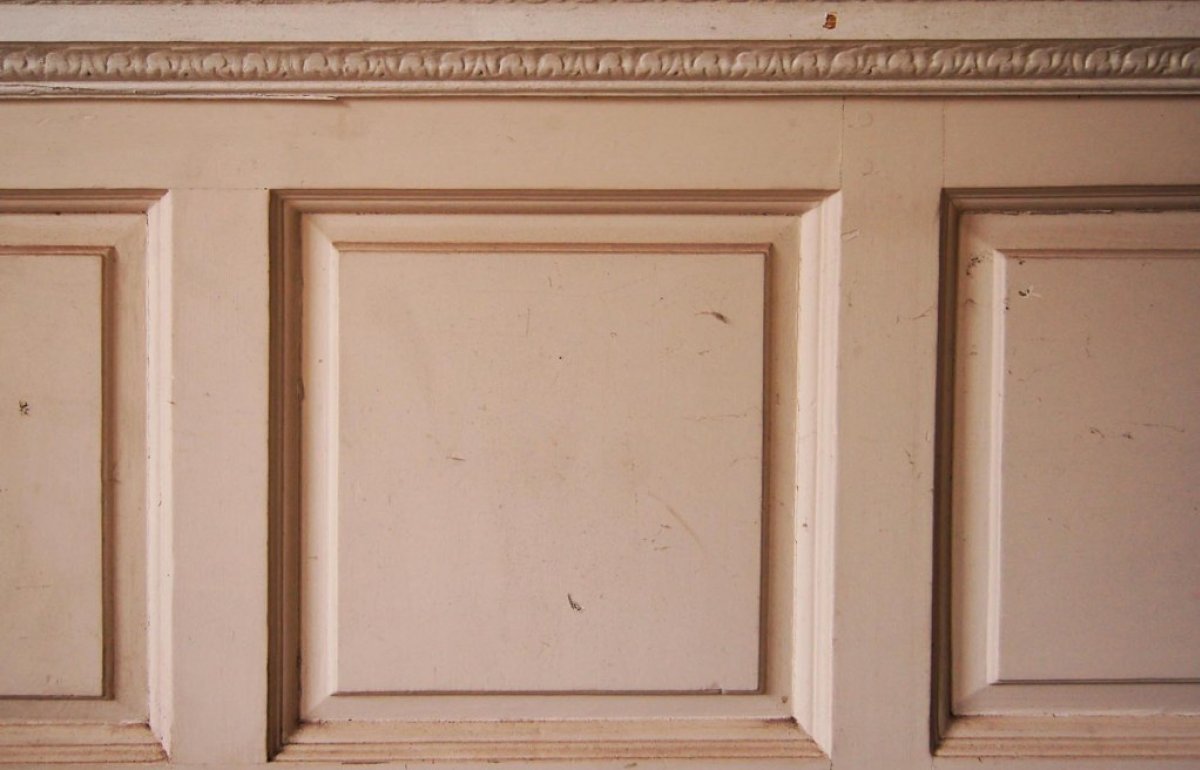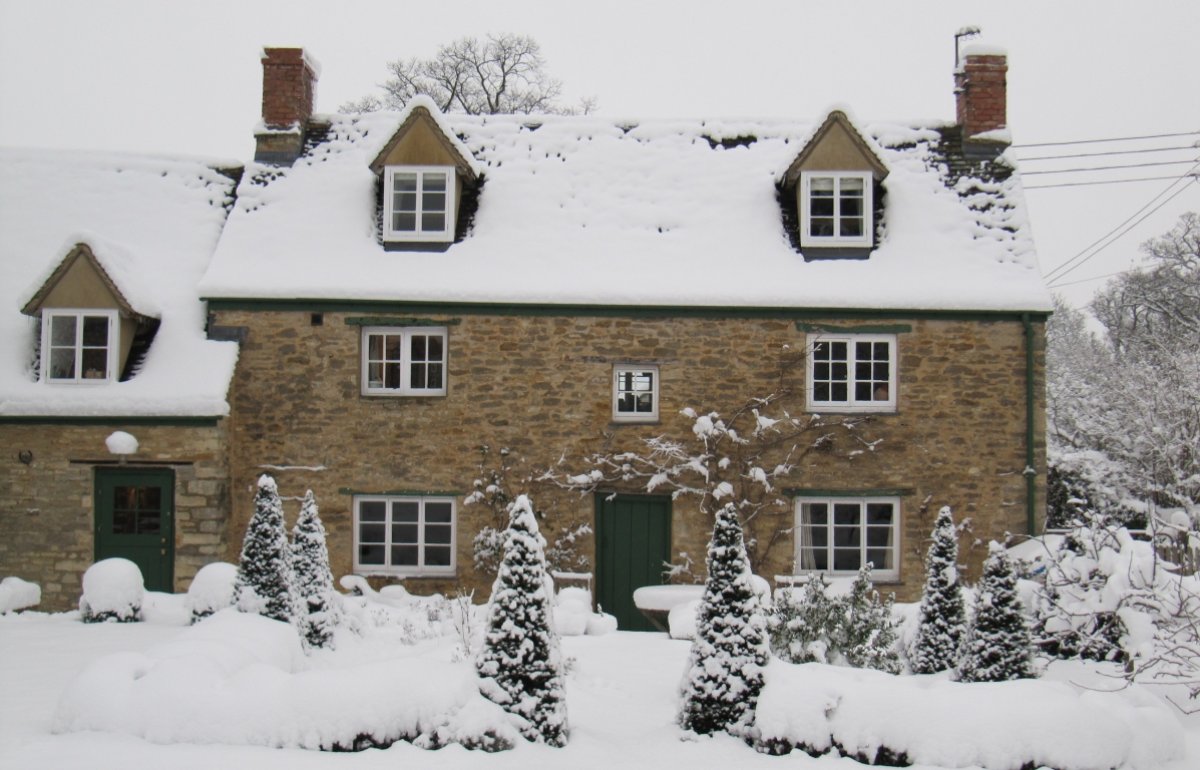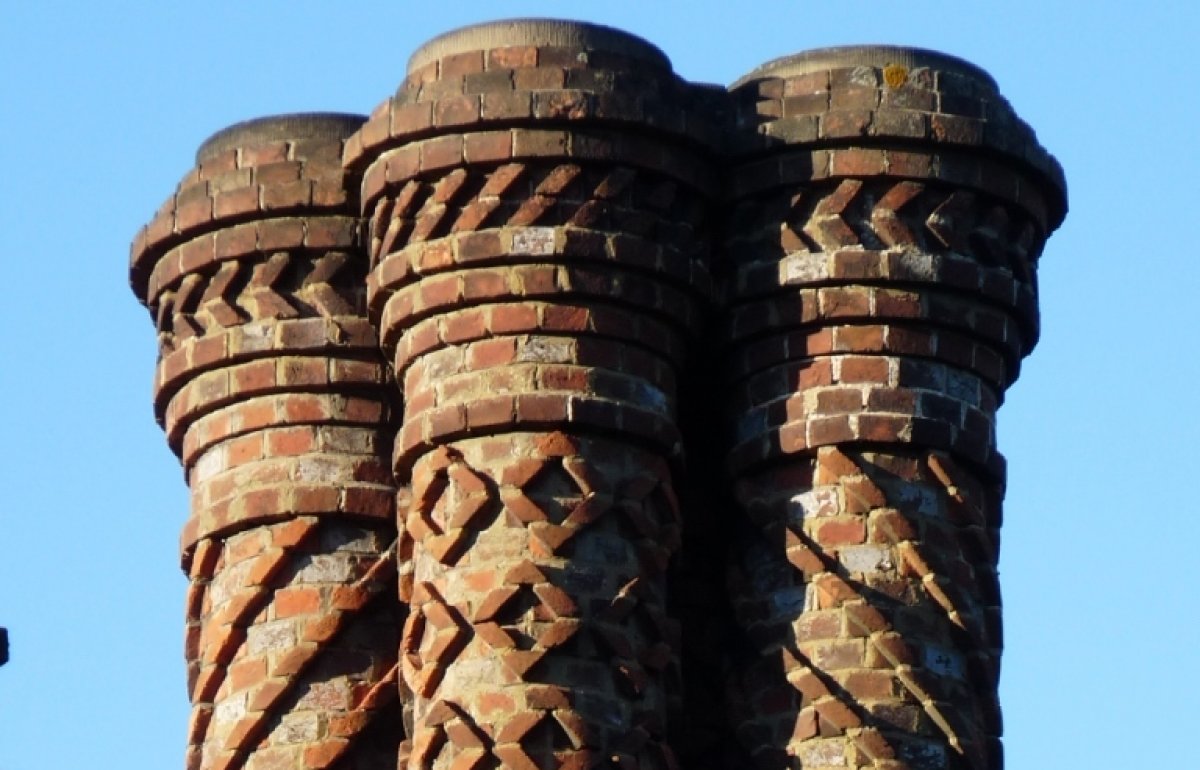Condensation
A few simple measures can often successfully restore a delicate moisture balance in old buildings. This article explains how unwelcome wet can be kept at bay.
What is condensation?
Condensation is the release of water that occurs when air is cooled to its ‘dewpoint’ temperature and can carry less moisture as vapour. Water may condense indoors as warm, damp air comes into contact with colder building components, particularly where ventilation is poor – for example, in room corners, roof or floor voids and cupboards. Condensation forms on surfaces, but can also be ‘interstitial’ - occurring within the thickness of building materials and elements. It is often associated with mould and timber decay.
Condensation is distinct from other moisture-related problems, such as rain penetration and rising dampness, which require different solutions.
Why does condensation occur?
Moisture is present in old buildings not just from the activities of occupants, but also the fabric as it ‘breathes’. Historically, generous ventilation helped this escape via open fires, and loose-fitting doors and windows. The balance of the internal environment can easily be upset, though, increasing the condensation risk. This may occur when more moisture is produced – often from cooking, washing or the use of flueless bottled gas stoves and heaters. It also can happen where ventilation is reduced by double-glazing, over-zealous draughtproofing or blocking flues and air bricks. Similarly, condensation forms where walls are cement-rendered externally, or insulated with a vapour barrier internally, compromising their ‘breathability’. Additionally, cold spots from gaps in insulation are conducive to condensation, as are walls or floors of high thermal mass when heated up suddenly.
How is condensation diagnosed?
Condensation occurs mostly in winter and is often first noticed when water droplets form on hard surfaces or mould appears on absorbent finishes. Moisture meters frequently reveal diffuse areas of damp on plaster, especially with north-facing walls, but this is commonly misdiagnosed as rising dampness and used to justify unnecessary damp-course treatment. Elevated readings can also occur in virtually dry walls, due to salts deposition from evaporation. Salt tests are otherwise usually negative. The use of meters in ‘condensator’ mode or tests showing an absence of dampness within a wall thickness can assist in pinpointing condensation as the source of moisture.
How do you control condensation problems in old buildings?
Simple lifestyle changes can produce dramatic improvements at little or no expense:
- Ideally, generate less moisture. Place lids on pans while cooking, dry clothes outdoors, close kitchen and bathroom doors when in use and vent tumble driers to the outside if not of the condenser type.
- Improving ventilation to the exterior can also help. Even when it feels damp outside in winter, the lower vapour pressure will tend to draw out moisture. Open windows and avoid draught-proofing those in kitchens and bathrooms. Ensure that lofts, floor voids and redundant chimneys are well ventilated and avoid foam treatments on the underside of roofs that can cause serious timber decay.
- Increased heating can maintain surfaces above dewpoint, especially if run constantly at a low level rather than intermittently. Lagging cold pipes may prevent surface condensation, as can improving insulation levels (taking care not to cause interstitial condensation instead). The use of ‘hygroscopic’ materials that temporarily store excess moisture, such as sheep’s wool, can help avert condensation.
Will dehumidifiers help stop condensation in old buildings?
De-humidifiers can reduce condensation effectively when rooms are warm and damp, but are of limited benefit when they are cold and humid. In domestic buildings, simple lifestyle changes that lower humidity and/or keep surface temperatures above dewpoint will tend to provide a more practical and less expensive long-term solution. Similarly, whole-house ventilation systems, which can have a role in controlling condensation, should not automatically be seen as the answer in old buildings.
Burkinshaw, R and Parrett, M (2003) Diagnosing Damp, Coventry: RICS Business Services Ltd
Burkinshaw, R (2009) Remedying Damp, Coventry: RICS Business Services Ltd
English Heritage (2014) Building Environment, Practical Building Conservation, Farnham: Ashgate Publishing Ltd
Trotman, P, Sanders, C and Harrison, H (2004) Understanding Dampness: Effects, Causes, Diagnosis and Remedies, Garston: HIS BRE Press



